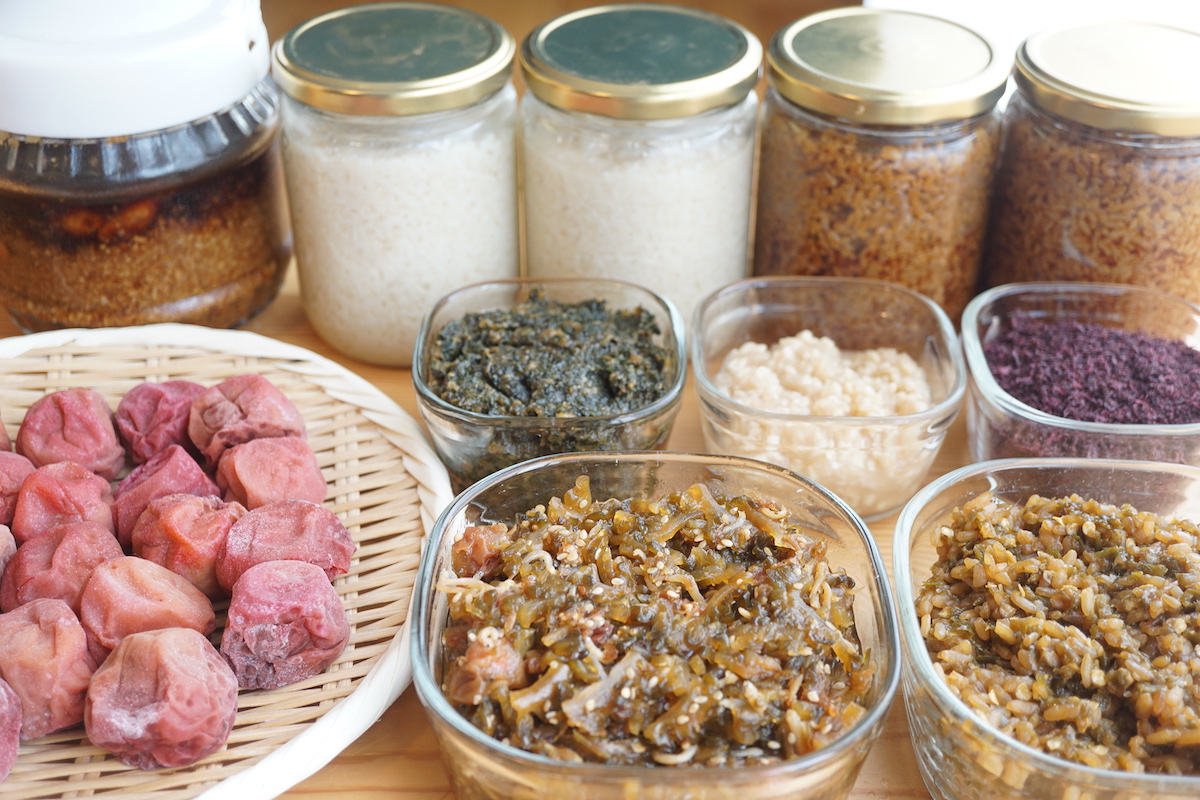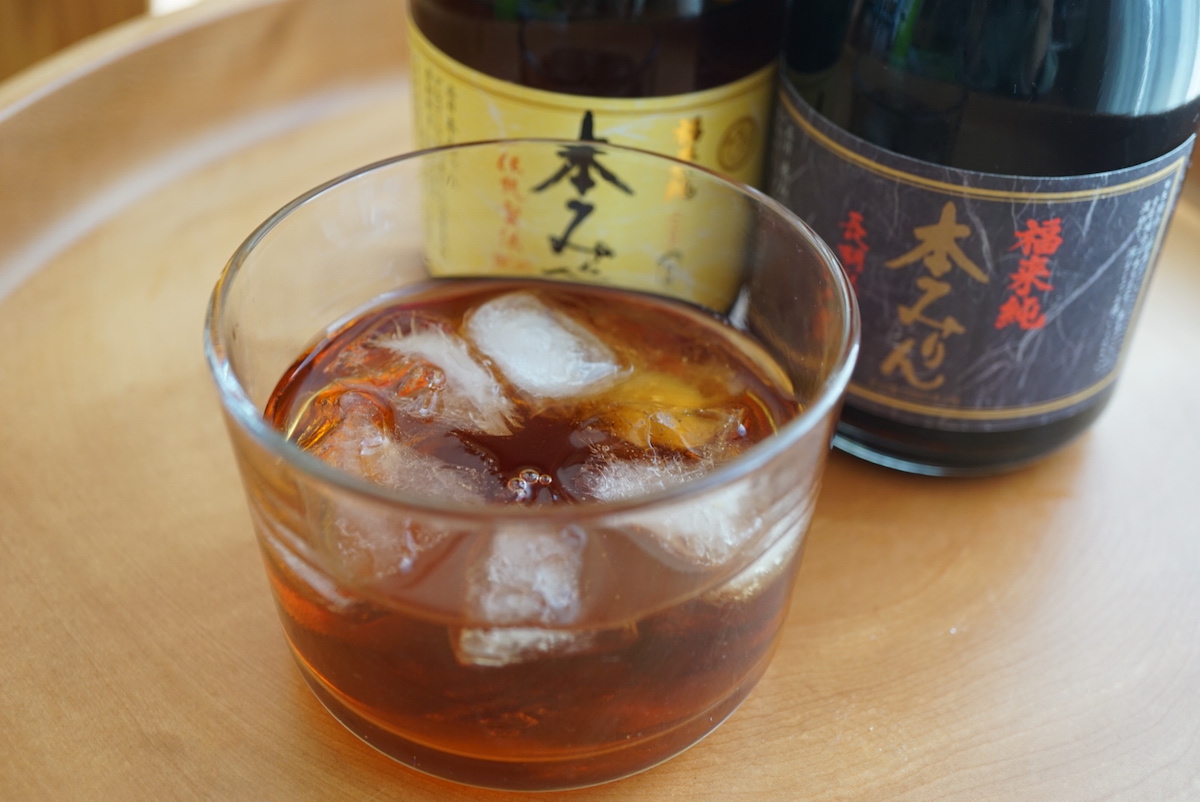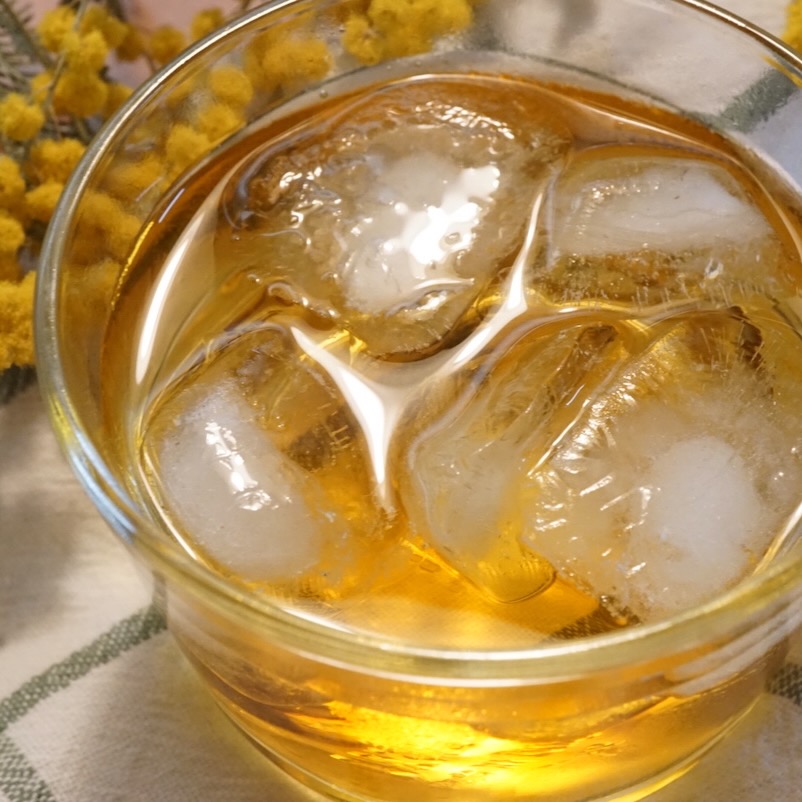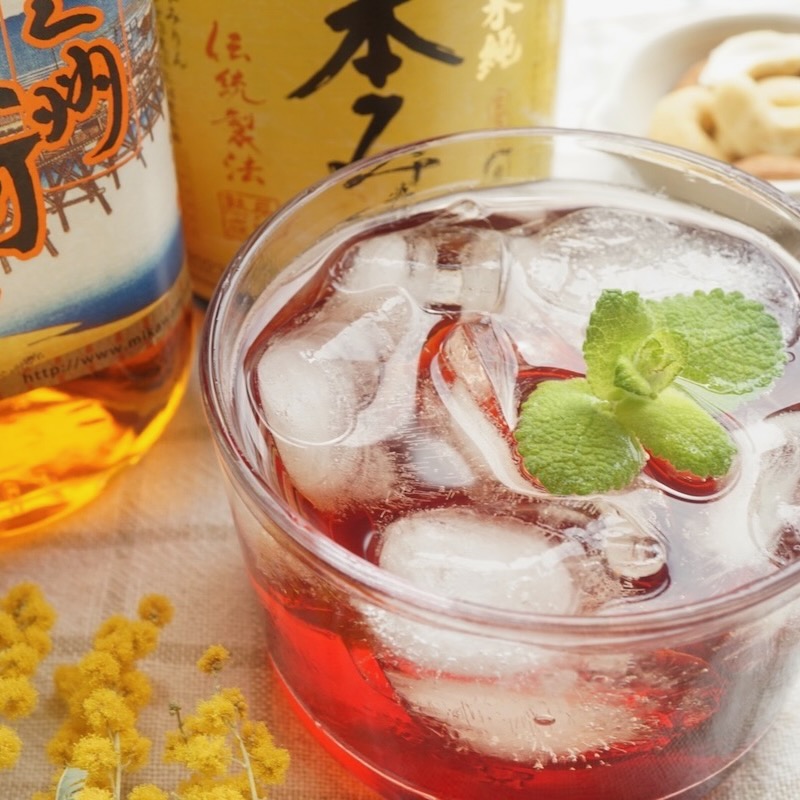Drinking Mirin in Summertime
Last October, American food professionals visited fermented food producers to deepen their knowledge of Japanese fermentation culture during the “Hakko Tourism in Japan” tour campaign. As part of the tour, organizers held a tasting session where guests gave candid advice from the perspective of the American market to food product manufacturers looking to enter the United States market.
It’s now past the middle of September, but it is still hot in Japan.
With unprecedented heat raging all over the world this year, I truly feel the need for a global fundamental measures to combat climate change and also to protect ourselves from the heat.
Even though there are limitations to what we can on an individual basis, as a Japanese person involved in food, I feel that now is the time to reconsider the “wisdom of our predecessors.”
This year, I prepared a lot of “Umeboshi” which is pickled plums. Pickling food has been one of the ways to preserve food in the climate of Japan. It is said that “one umeboshi a day keeps the doctor away” and it is also effective in preventing heatstrokes. I also regularly stock amazake made from rice malt. Amazake is a Japanese fermented food which the Japanese people have been drinking since ancient times to prevent summer fatigue and beat the heat.

Can You Drink Mirin?
Not related to food but I have also been healed by the sound of “furin”, Japanese wind chimes, hanging from the eaves on a hot summer day.
I want to continue to inherit and pass on the wisdom of my predecessors with gratitude and respect.
Now, we should not forget “Mirin” which has been popular in Japan for a long time in beating the summer heat.
Mirin today is recognized as a “seasoning” in Japan but in the past, it was enjoyed as a sweet and high-class alcoholic beverage. It was also drunk as a “sweet nourishing drink” that is effective in recovering from fatigue and preventing summer fatigue. While Mirin is classified as alcoholic beverages, as an alcoholic seasoning, it gets a lower preferential liquor tax.

Mirin is rich in 17 types of amino acids that repair damaged cells and revitalize your tired body. According to a brewery, Mirin is Japanese Red Bull! Lol (Hon-mirin made using traditional methods, introduced in the article on types of mirin, has the effect of recovering from fatigue and summer fatigue.)
For those people who think that using mirin for cooking is difficult, drinking mirin is an easier way to enjoy mirin. I also drink mirin at the end of a tiring day or on a hot summer night. You can mix mirin as is or mirin infused with herbal tea leafs with the desired amount of soda to create a mirin cocktail.


Mirin can heal us mentally and physically, not only from the nutrients contained, but also with its taste, look, gentle sweetness, the amber colr and the beauty of the herb-dyed ruby color.
Sweet cocktails with plenty of sugar can make you feel happy and relieve fatigue immediately after drinking but nutrients and hormones are consumed in order to convert the sugar content into energy. It actually will make you tire easily as the result.
However, mirin has less sugar content than sugar or honey and is rich in amino acids, so you don’t have to worry about your body getting tired.
The mirin cocktail is recommended for both the hot midsummer and the late summer. It’s sweet so it’s very easy for women to drink.
Please try it.

Is Mirin Alcoholic?
Yanagi-kage has a long history and appears in traditional Japanese rakugo storytelling. However, currently, due to the revision of the liquor tax law, its sales have decreased sharply.
Thankfully, the brewery I introduced in the previous brewery report, Hakuo-shuzo, are selling Yanagi-kage and I was able to purchase a bottle.
At about 20%, the alcohol content of Yanagi-kage is higher than that of mirin. It has a sweet taste because it contains mirin but since it is diluted with shochu, it has a refreshing taste, making it easy to drink even for men who don’t like sweet drinks.
Yanagi has become a rare liquor even in Japan but we can make it by mixing mirin and shochu in a ratio of 1:1 or 1:2.
The combination of Hon-mirin made with a traditional method and authentic shochu gives us a dignified taste and a pleasure of learning from the past.
I hope those people who are interested in mirin, Japanese fermentation and Japanese sake will enjoy it as a new way to beat the heat.
Mirin is not only for cooking, but also for drinking to overcome the summer heat.
Let’s enjoy the summer by overcoming the heat with mirin. Please give it a try.
Maho Tanabe, the organizer of "Mirin Sweets and Fermented Foods" at Minamoto Shokudo, is an inner beauty planner and owner of Minamoto cafeteria. With expertise in fermented foods using koji and sake, she is a recognized authority in the fermented foods industry.

